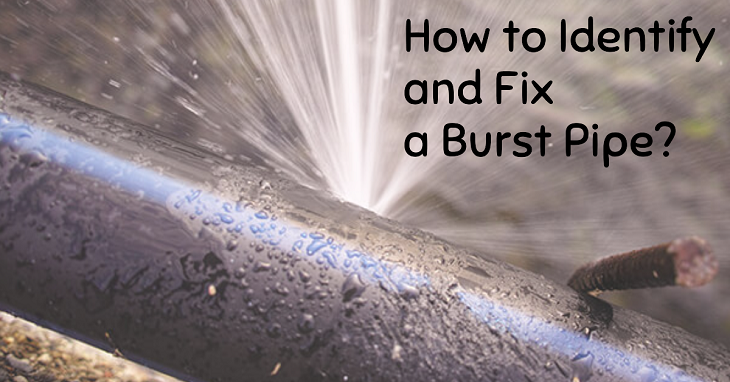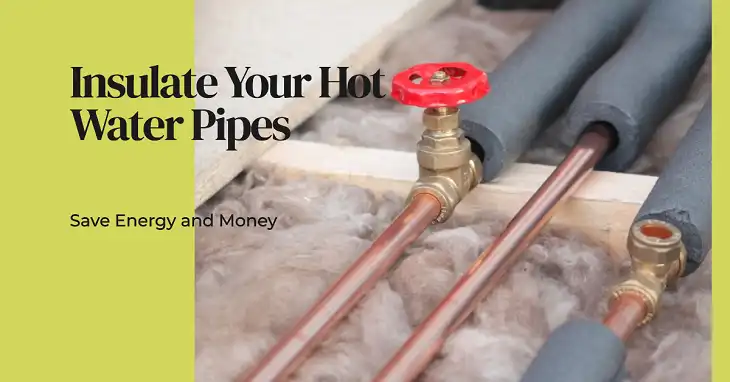How to Keep a Sump Pump Line From Freezing
Protecting your sump pump discharge line from freezing is crucial for maintaining a dry basement during cold winter months. The key to preventing a frozen sump pump line is proper insulation, strategic placement, and regular maintenance.
By implementing a combination of these methods, such as using heat tape, insulating the pipe, and ensuring proper slope, you can keep your sump pump functioning effectively even in freezing temperatures.
Read on to discover detailed strategies and expert tips for safeguarding your sump pump line against winter’s icy grip.

Why Is It Important to Prevent the Sump Pump Discharge Line from Freezing?
During freezing temperatures, water in pipes expands as it turns into ice, creating immense pressure within the confined space of the pipe. This pressure can cause pipes to burst, leading to significant water damage. The sump pump discharge line is particularly vulnerable to freezing because it is often exposed to the elements and may contain stagnant water, which freezes more easily than flowing water.
How Do You Keep Your Sump Pump Discharge Line from Freezing?
Preventing your sump pump discharge line from freezing is crucial to ensure your basement remains dry and your sump pump operates efficiently. There are several methods you can employ to protect your discharge line during the cold winter months.
Method 1: Bury the Discharge Line
Burying the discharge line is considered the most effective and permanent solution to prevent freezing. This method involves digging a trench below the frost line (the depth at which the ground freezes in winter) in your area, typically at least 4-6 inches deeper than the frost line. Here are the steps to bury your discharge line –

Step 1: Locate the frost line in your area, which varies based on your geographic location and climate. In most regions, the frost line ranges from 12 inches to 4 feet deep.
Step 2: Dig a trench that extends from your sump pump discharge point to a suitable drainage area, ensuring it is below the frost line by at least 4-6 inches.
Step 3: Install the discharge line in the trench, maintaining a continuous downward slope of at least 1/4 inch per foot to promote proper drainage.
Step 4: Backfill the trench securely with compacted soil, ensuring no air pockets remain that could allow freezing.
By burying the discharge line below the frost line, you eliminate its exposure to freezing temperatures, providing a permanent solution to prevent freezing.
Method 2: Insulate the Discharge Line
If burying the discharge line is not feasible due to landscaping or other obstacles, insulating the exposed portion of the line can provide effective protection against freezing temperatures. There are two common insulation materials to consider –
Heat Tape: Heat tape is a cable or wire that provides continuous heat when connected to an electrical source. It is wrapped around the discharge line and can effectively prevent freezing, even in extremely cold climates. However, it requires a nearby electrical connection and proper installation to ensure safety.
Foam Pipe Wrap: Foam pipe wrap is a simple and inexpensive insulation option. It is easy to install by wrapping it around the exposed discharge line and securing it with weatherproof tape. While effective in moderately cold climates, foam pipe wrap may not provide sufficient insulation in extremely cold regions.

Regardless of the insulation material you choose, it is crucial to thoroughly wrap the exposed discharge line, ensuring complete coverage without any gaps or openings that could allow cold air to penetrate.
Extend and Slope the Discharge Line
In addition to insulating the discharge line, you can further reduce the risk of freezing by extending and properly sloping the line. Here are the steps –
Step 1: Extend the discharge line at least 20 feet away from your home’s foundation. This distance helps prevent water from pooling near the foundation, which can lead to freezing and potential basement leaks.
Step 2: Maintain a continuous downward slope of at least 1/4 inch per foot along the entire length of the discharge line. This slope ensures proper drainage and prevents water from accumulating and freezing within the line.
Step 3: Consider using a larger diameter pipe, such as a 2-inch pipe, for increased rigidity and reduced risk of freezing. Larger pipes are less likely to become blocked by ice buildup.
By extending and properly sloping the discharge line, you minimize the potential for water to accumulate and freeze within the line, further reducing the risk of basement flooding.
Bonus Tips
Utilize a Heat Alarm: Install a heat alarm near the discharge line to provide an early warning system for potential freezing. These alarms detect sudden temperature drops and can alert you to take preventive measures before the line freezes.
Install a Pop-up Emitter: A pop-up emitter is a small device installed at the end of the discharge line that allows water to drain freely while preventing backflow. This accessory can help prevent water from accumulating and freezing within the line.
Regular Inspections and Maintenance: Regularly inspect the discharge line for any damage, clogs, or debris that could impede water flow and increase the risk of freezing. Clear any obstructions or snow buildup around the discharge area to ensure proper drainage.
Check for Proper Water Flow: During freezing temperatures, periodically check the discharge line to ensure water is flowing freely and not frozen. If you notice any signs of freezing or lack of water flow, take immediate action to thaw the line and prevent basement flooding.
How to Thaw a Frozen Discharge Line?
If your discharge line does freeze despite your best efforts, it’s important to act quickly to prevent basement flooding and potential damage to your sump pump. Here are the steps to safely thaw a frozen discharge line –
- Identify the frozen section of the discharge line by inspecting for ice buildup or lack of water flow.
- Apply heat to the frozen section using safe methods such as hot water packs or a heat lamp. Avoid using an open flame or direct heat sources, as these can damage the pipe material.
- Once the ice has melted and water is flowing freely, immediately insulate the discharge line using one of the methods mentioned above to prevent refreezing.
Wrapping It Up
Keeping your sump pump discharge line from freezing is essential to ensure your basement remains dry and your sump pump functions correctly during the winter months. By implementing preventive measures such as burying or insulating the discharge line, extending and sloping it properly, and following best practices like regular maintenance and inspections, you can significantly reduce the risk of freezing and potential basement flooding. Remember, addressing a frozen discharge line promptly is crucial to prevent water damage and protect your home.
People Also Ask
Can I use rock salt or other de-icing products to prevent my discharge line from freezing?
While rock salt or de-icing products can help melt ice and snow around the discharge line, they are not recommended for direct application to the line itself. These products can potentially corrode the pipe material over time, leading to leaks or damage. Instead, focus on insulating or burying the discharge line to prevent freezing more effectively.
Is using a space heater or heat lamp near the discharge line safe to prevent freezing?
Using a space heater or heat lamp near the discharge line can be an effective temporary solution, but it should be done cautiously. Ensure that the heating source is kept at a safe distance from the line and any combustible materials.
How can I tell if my sump pump discharge line is frozen?
There are a few telltale signs that your discharge line may be frozen – water is not flowing out of the discharge line, hearing strange gurgling or bubbling sounds coming from the discharge line, visible ice buildup or frost on the exterior of the discharge line, water is backing up into the sump pit or basement, etc.






